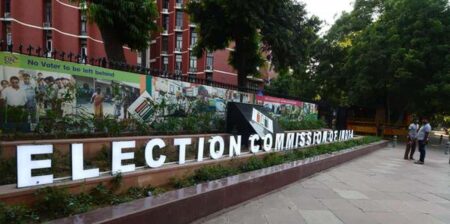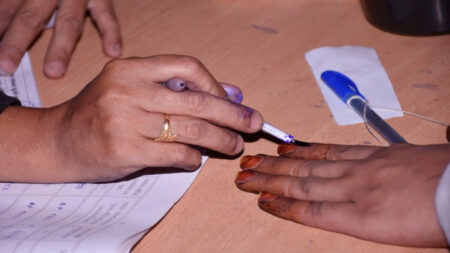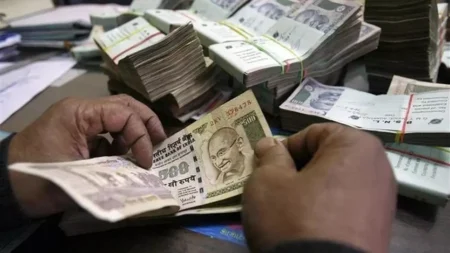While holding back its total Lok Sabha and Assembly seats at 14 and 126 respectively the Election Commission (EC) on Tuesday broadcasted its draft proposal on the Delimitation of Assembly and Parliamentary Constituencies in Assam. The Election Commission also put forward the idea of increasing the reserved seats for the Scheduled Castes (SC) from 8 to 9 and from 16 to 19 for the Scheduled Tribes (ST) respectively. The draft also proposes amending the boundaries or titles of some Lok Sabha and assembly seats.
The draft proposal headed by CEC Rajiv Kumar aims to rectify the imbalance in the assembly constituencies since there are sharp differences in the pattern of population growth, with some districts in Lower Assam having seen more growth than ones in Upper Assam and a huge disparity in population density.

Image Source: News source
Key Highlights of the Draft
- The parliamentary seats reserved for the SCs and STs remain unaffected at 1 and 2 respectively.
- Silchar is now proposed to be reserved for SC instead of Karimganj.
- The name of the Autonomous District ST seat has been changed to the Diphu ST seat.
- Kokrajhar shall remain to be reserved for ST.
- As per the 2018 delimitation proposal Lakhimpur which was to be reserved for SC will still be unreserved.
- A proposal has been made to allow Parliamentary seats back to the Barak Valley districts of Cachar, Hailakandi, and Karimganj.
- To give importance to the Kaziranga wildlife sanctuary the name of the Kaliabor Parliamentary constituency shall be changed to Kaziranga.
- The Parliamentary constituency at Tezpur areas has now been accommodated in Sonitpur in the Parliamentary constituency and the Mangaldai Parliamentary constituency in the Darrang Parliamentary constituency.
- A proposal has been made by EC to increase the number of seats by 1 in West Karbi Anglong and by 3 in Bodoland districts.
- The draft also mentions that there will be one unreserved assembly seat in Dhemaji District.

Image Source: News Source
The EC has called for suggestions and objections till 11th July 2024 followed by public hearings by the Commission after which its officers shall once again visit the state in the next month.
While proposing the draft the Commission stated that despite demands to delimit the seats based on the 2011 census, it has relied on the 2001 census, as needed by Articles 170 and 182 of the Indian Constitution. As per the two articles, the alteration in the total number of Lok Sabha and assembly seats shall not be done unless the figures of the first Census undertaken post 2026 have been published.
The proposal divides the entire state of Assam into 3 broad categories, by taking into account the state’s average population density of 338 as a base and giving a margin of plus or minus 10% while allocating Assembly Seats to the districts.
Categorization:
- Category A: It comprises districts with a density of less than 304 people per sq. km
- Category B: It comprises districts with a density ranging between 304-372 persons per sq. km.
- Category C: It comprises districts with a density of more than 372 people per sq. km.
The Assam Congress sighted several loopholes in the delimitation draft and refused to meet the EC team. However, their State Party Chief said that Congress was not against the delimitation exercise.













